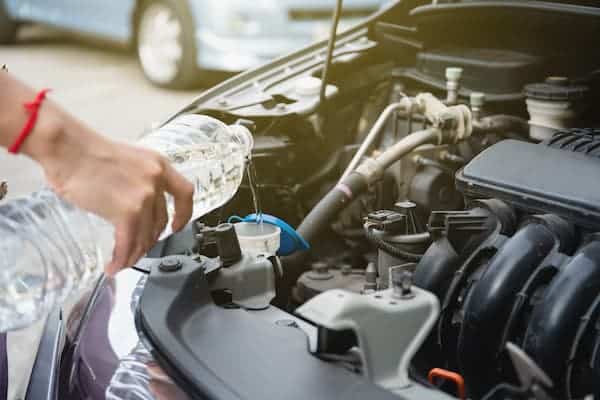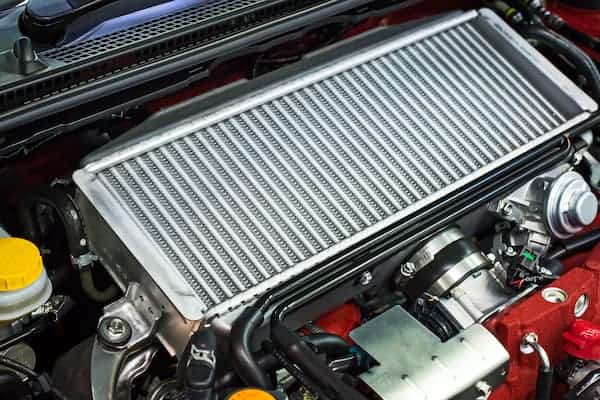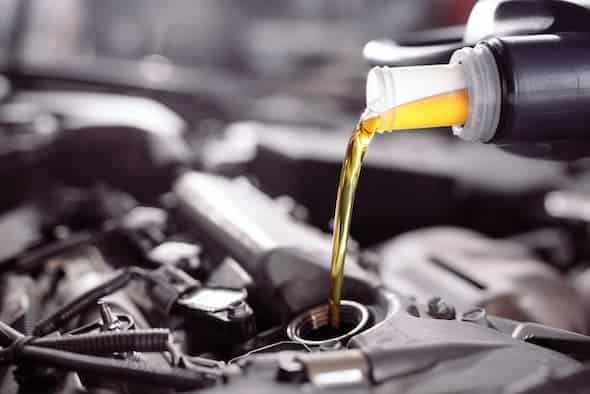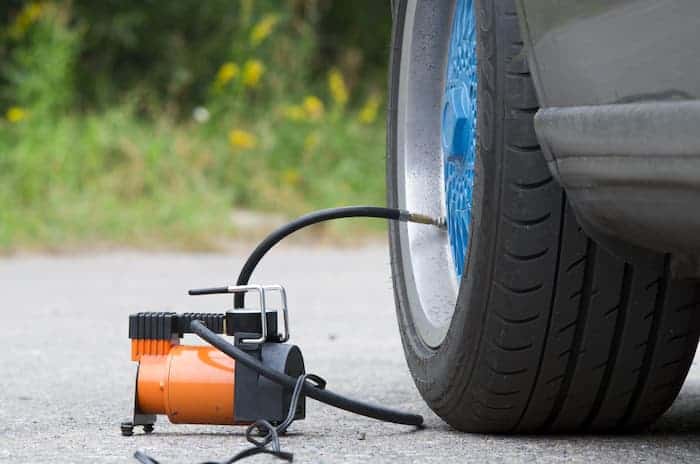The radiator in a car plays a pivotal role in ensuring the engine operates within its optimal temperature range. It’s a type of heat exchanger designed to transfer heat from the hot coolant that flows through it to the air blown through it by the fan. Most modern cars use aluminum radiators as they’re efficient and lightweight.
Table of Contents
ToggleTypes of Radiators and Their Advantages

Radiators come in different types and materials, each offering unique benefits:
- Aluminum Radiators: Popular for their lightweight and high efficiency.
- Copper and Brass Radiators: Known for their durability and high thermal conductivity.
- Plastic and Aluminum Radiators: Cost-effective and lightweight, suitable for modern vehicles.
Enhanced Tips for Radiator Maintenance

Maintaining your vehicle’s radiator is crucial for its optimal performance. Here are refined strategies for effective radiator care:
Exercise Caution with Coolant Levels and Radiator Checks
Safety is paramount when inspecting your radiator. Remember, never attempt to open the radiator cap or heater hose connector while the engine is active. The risk of scalding from hot coolant is significant. Always ensure the engine is off and cooled down. To safely open the cap, use a thick cloth and proceed with caution.
Optimal Coolant Refilling Techniques for Winter
During colder months, maintaining the right coolant-antifreeze balance is essential. A 50:50 ratio is ideal to prevent freezing inside the engine. Additionally, this mixture helps to avert corrosion in the radiator grille and associated components.
Regular Radiator Cleaning
To avoid damage from debris or rust, clean the radiator at least once every 30,000 kilometers or annually. Consult your vehicle’s owner’s manual for specific recommendations.
Routine Checks of Radiator Hoses
In line with your regular oil changes, inspect the radiator hoses. Look out for any signs of wear, such as cracks or leaks, which could indicate impending issues.
Monitoring for Electrical Issues Post-Installation
If your vehicle has undergone any electrical modifications, especially related to the radiator or heater, it’s wise to check for stray currents. These can cause corrosion, potentially leading to radiator failure.
Recognizing Radiator Problems
Be aware of these signs that may indicate radiator issues:
- Engine Overheating: A clear sign of radiator trouble.
- Visible Coolant Leaks: Puddles of coolant under the car.
- Discolored Coolant: Rust or oil in the coolant can indicate internal problems.
Radiator’s Role in Overall Car Maintenance
A well-functioning radiator is integral to your car’s health. Regular radiator maintenance is a key aspect of car maintenance, ensuring your vehicle runs smoothly and efficiently.
Conclusion
Understanding the intricacies of a car’s radiator, from its fundamental role in the engine’s cooling system to its various components and maintenance requirements, is essential for any vehicle owner. The radiator, with its complex yet efficient design, ensures that your engine operates within the optimal temperature range, thereby preventing overheating and ensuring the longevity of your vehicle. Regular maintenance, including careful monitoring of coolant levels, routine cleaning, and inspection of hoses and electrical systems, is crucial to avoid potential issues and ensure your radiator functions effectively. By comprehending the definition, parts, and operating principles of a radiator, and adhering to the outlined maintenance tips, you can significantly enhance your vehicle’s performance and durability. Remember, a well-maintained radiator not only contributes to a smoother and safer driving experience but also plays a vital role in the overall health of your car.




